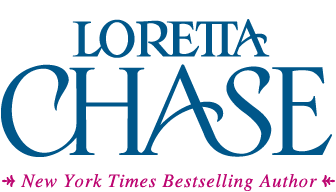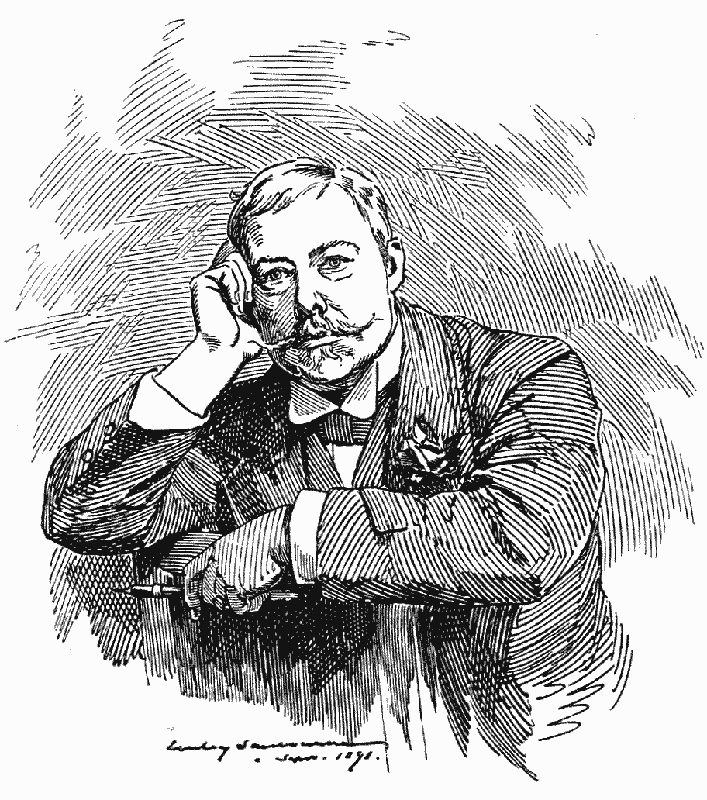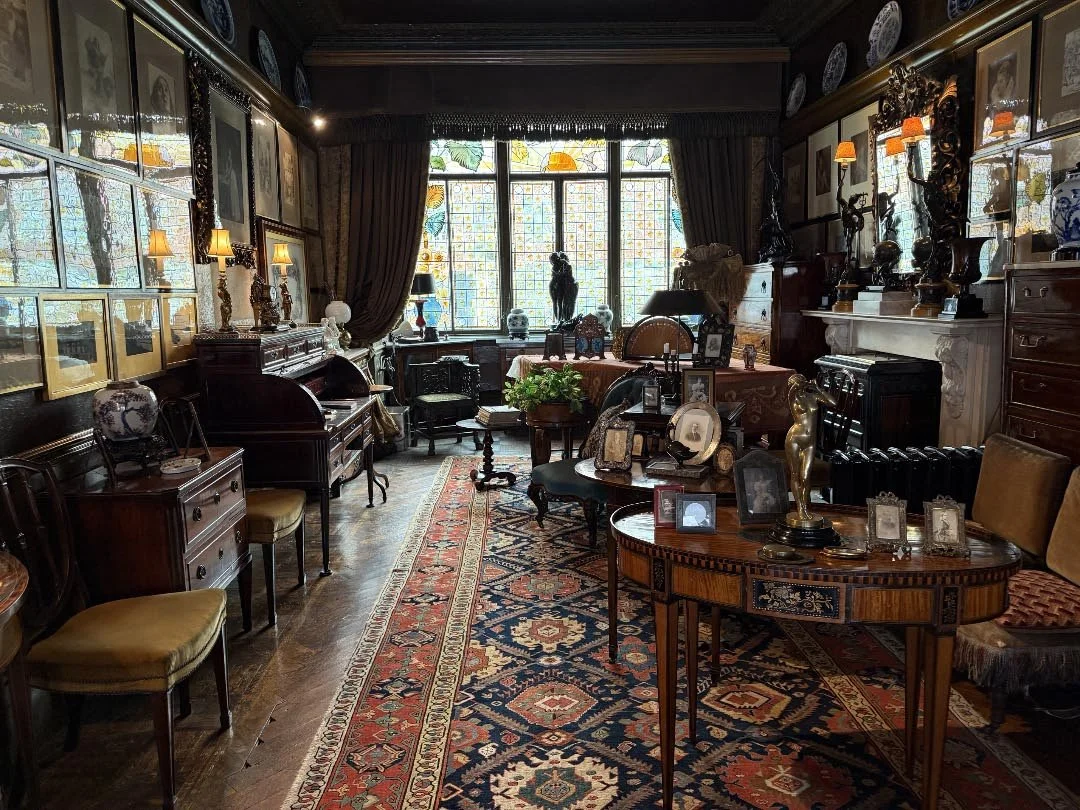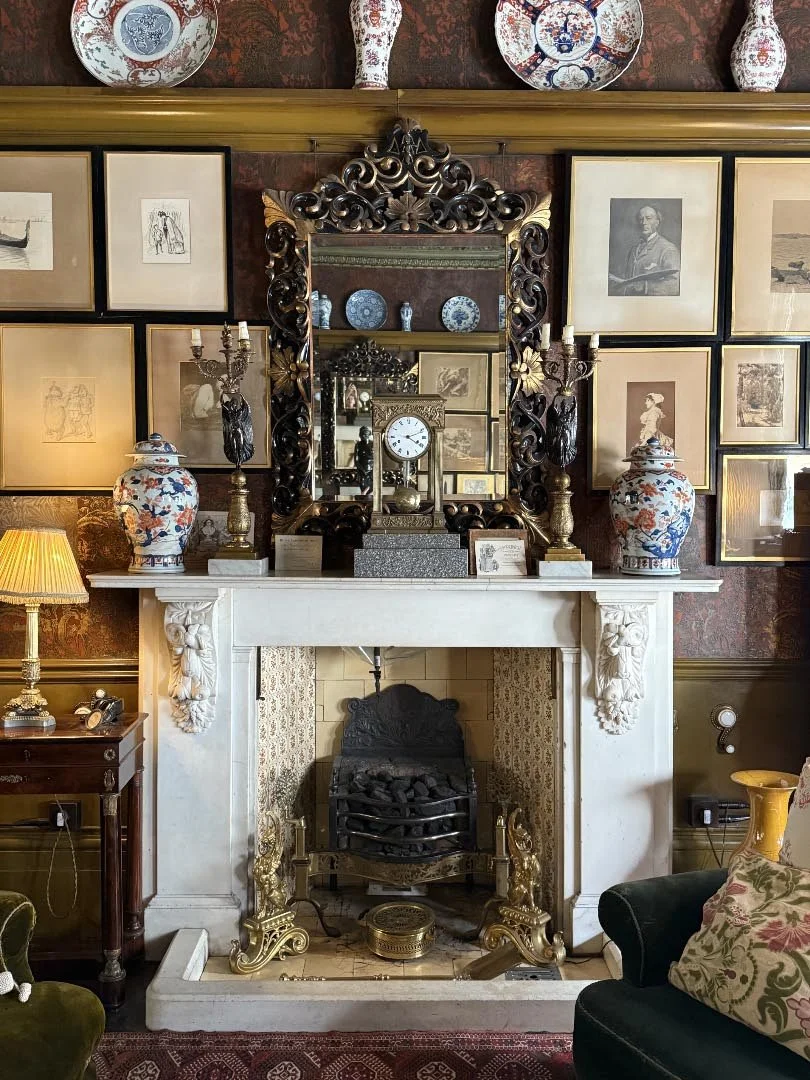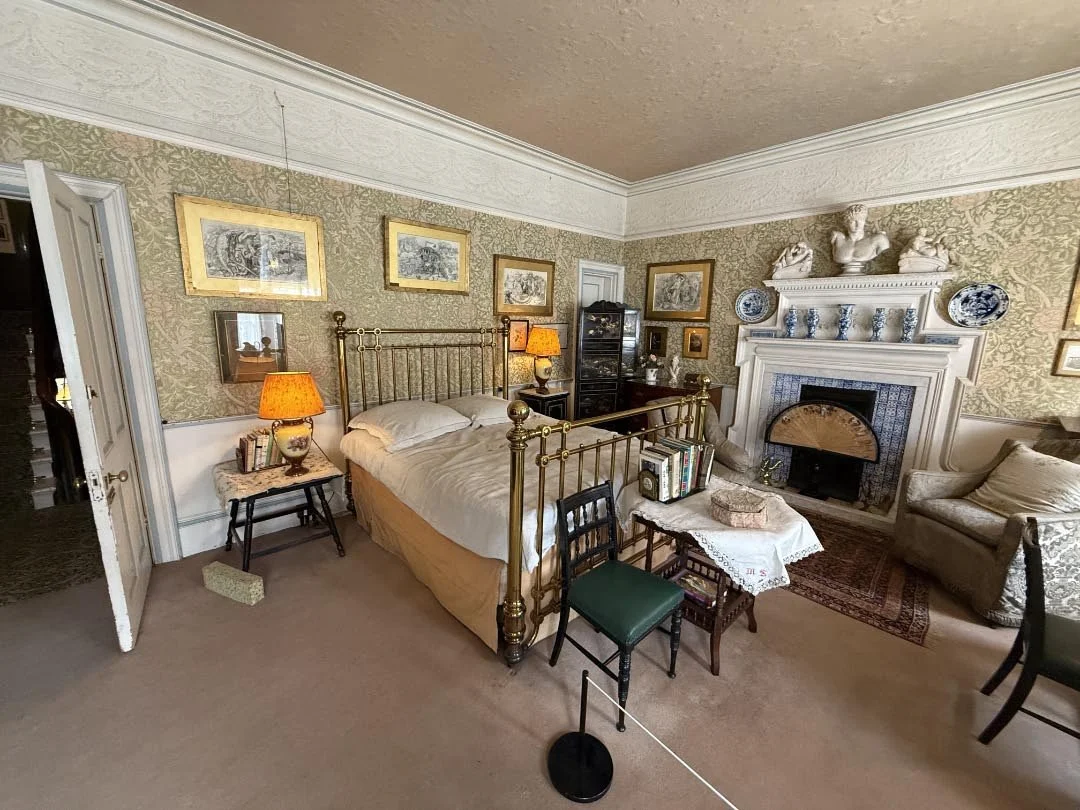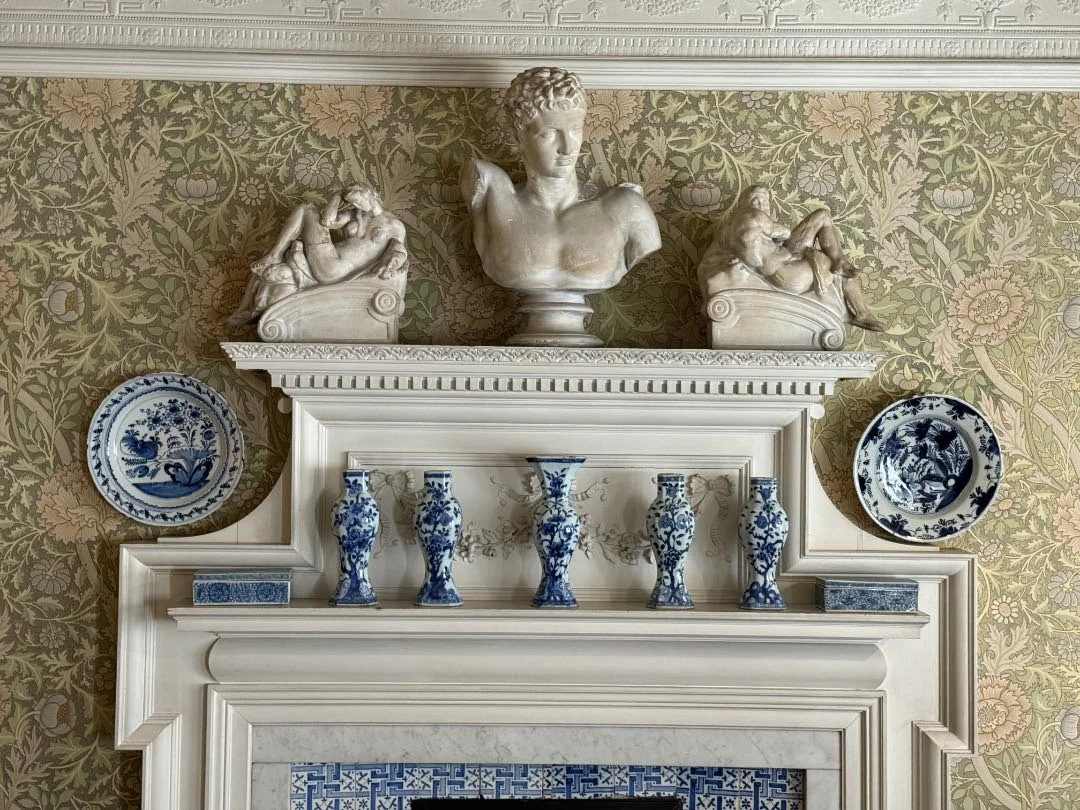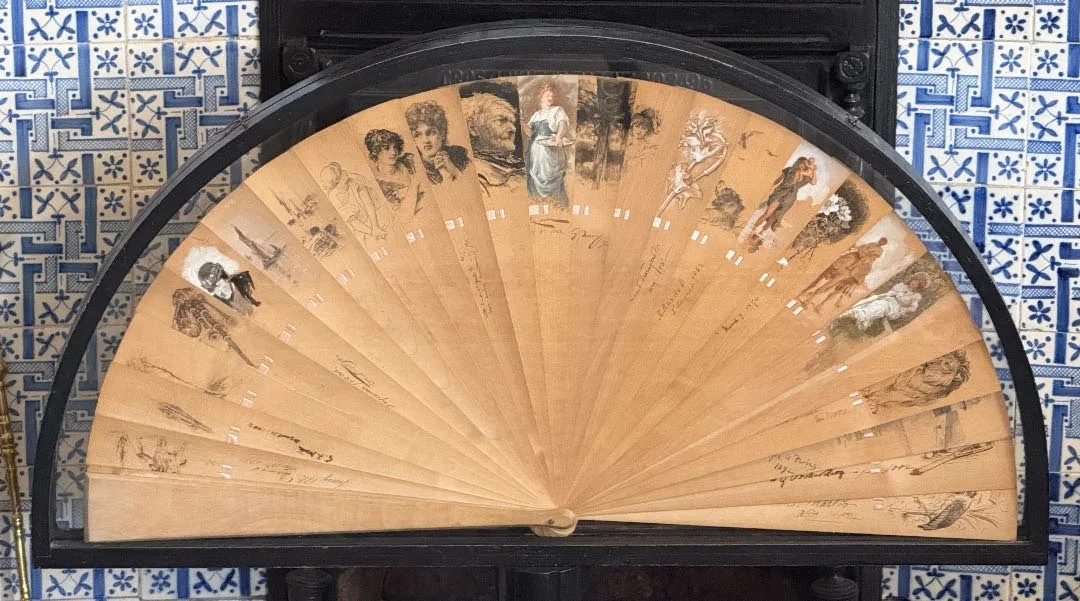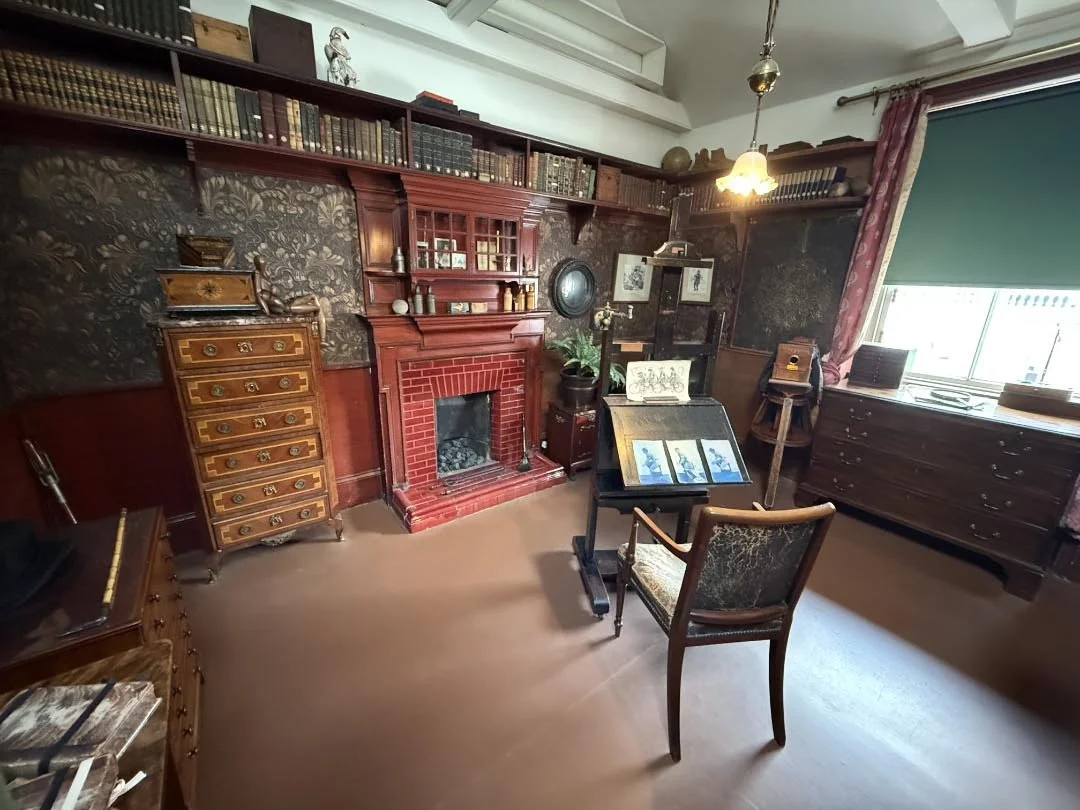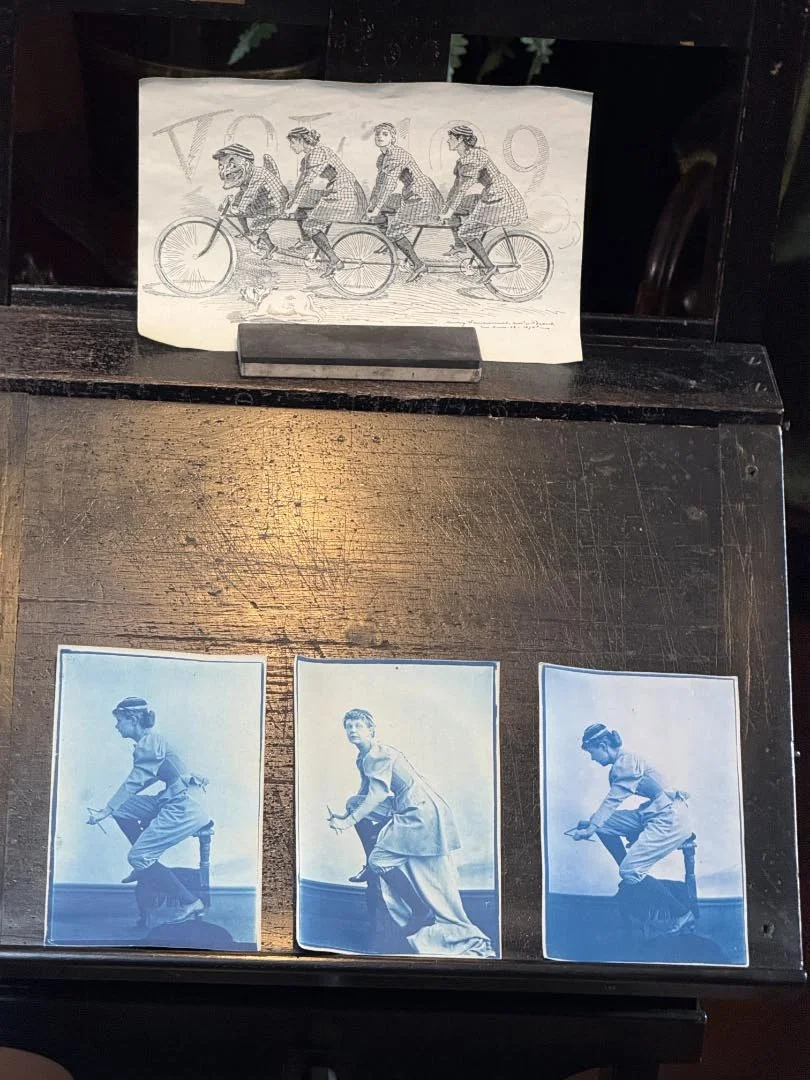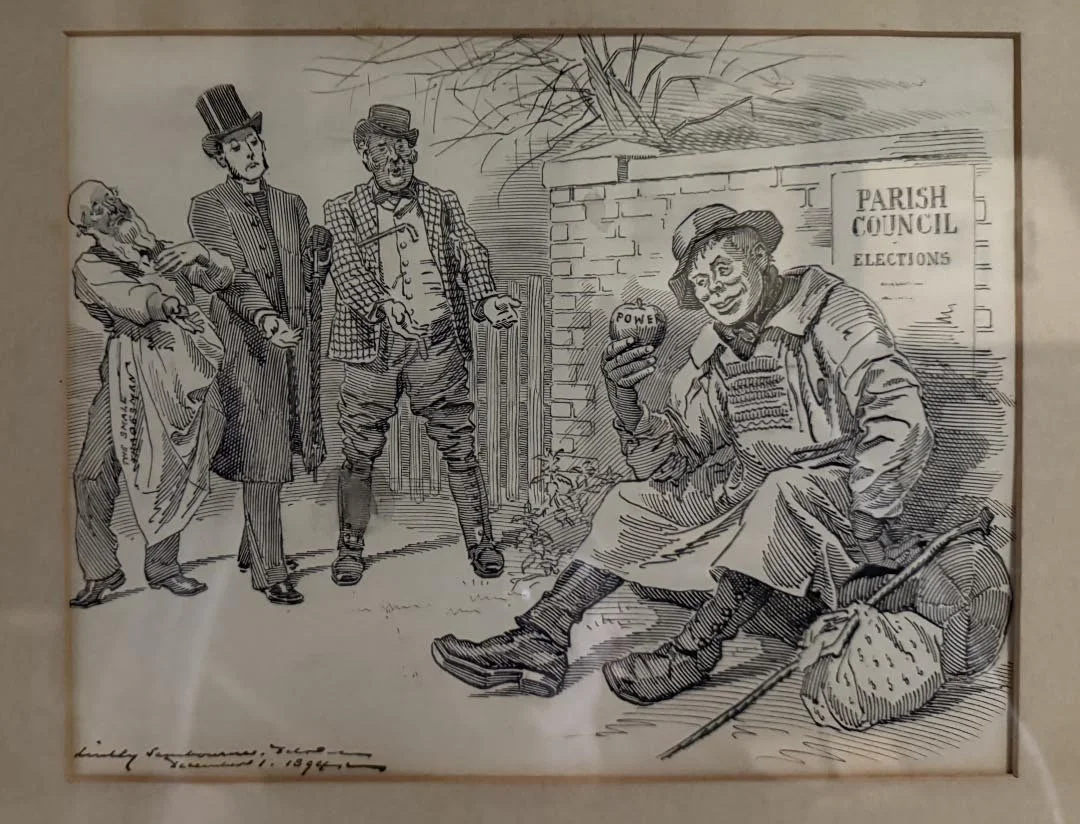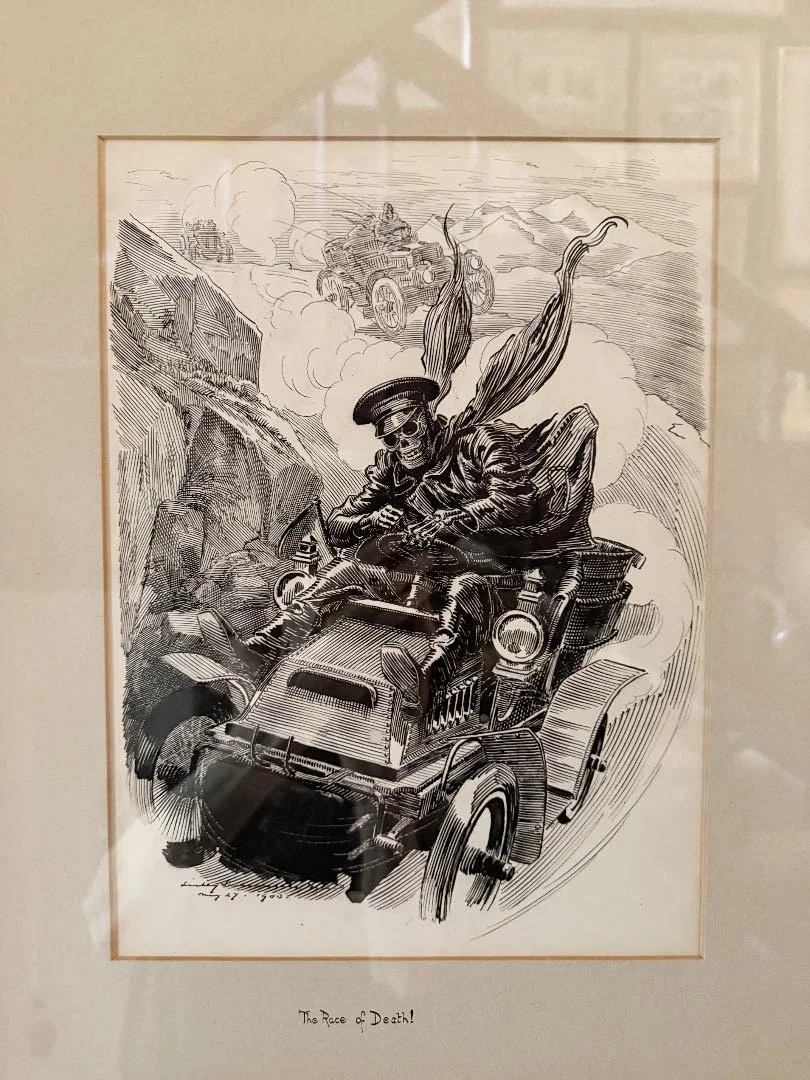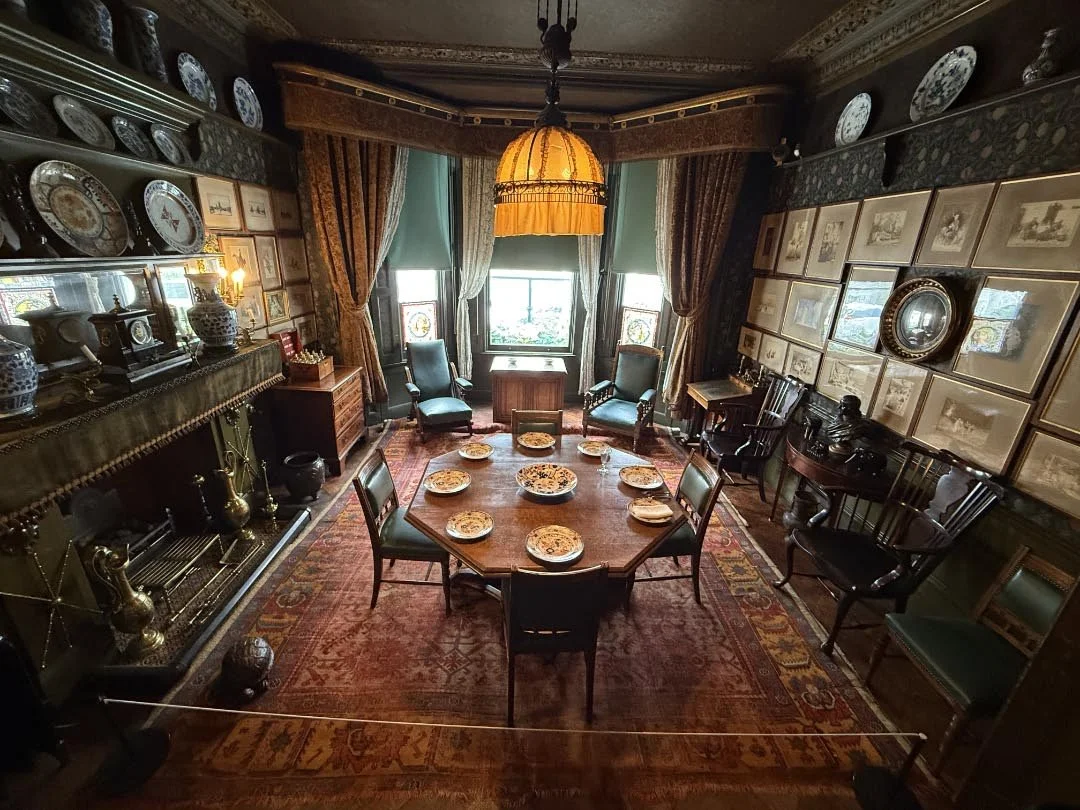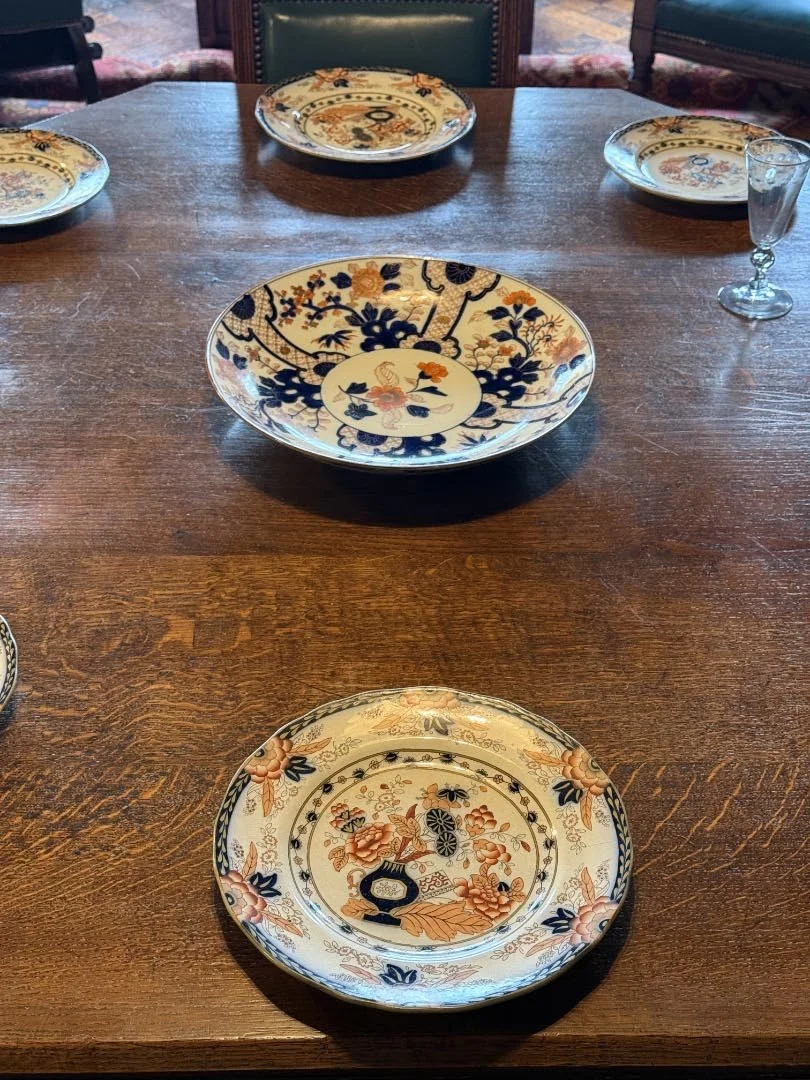Note: If you receive this post via email, and are unable to view the videos, please click through to the blog itself.
A month ago we paused our tour of Sambourne House after the ground floor Dining Room.
The Drawing Room is not only on the first (U.S. second) floor, but is the first floor. This is the showplace, the most public part of the house. Like some of the other rooms, it may appear cluttered and even claustrophobic to modern eyes. According to the guidebook, the room held 250 objects by 1877, and the number continued to increase over the years.* It seems that Linley was an avid collector, often to his wife’s dismay. I was not dismayed. So much to look at! So many beautiful things! The reel will let you judge for yourself.
Video of Sambourne House Drawing Room
Moving up to the second (U.S. third) floor, we enter a more private area. While the furniture of the Main Bedroom is arranged much as it was in the Sambournes’ time, the wall coverings (here and elsewhere) have undergone some changes. In 1877 the original Morris & Co. wallpaper was replaced with a Japanese embossed paper. Then in 1960, the Countess of Rosse did a little redecorating, which included replacing it with another Morris & Co. paper.
Sambourne House Main Bedroom video
Among the wonderful objects in the Main Bedroom are the blue and white china on the mantel and the ornamental fan “whose leaves were decorated for Sambourne by many of the leading artists of his day.” Several leaves are signed, but even zooming in, I can’t make out the names.
Though the main characters in my stories belong to the upper orders, I need to know as well about the people who kept their lives and homes in order, whether or not they actually appear onstage. And so I learned that a typical middle class family of the time would probably have four servants: housemaid, parlor maid, nursery maid, and cook. The latter two would have slept in their own domains. The maid’s room would have been a little plainer in the Sambournes’ time, with painted rather than wallpapered walls—and this room might have held two beds, for the house and parlor maids, instead of one.
Video of maid’s room in Sambourne House.
While his children were young, Linley Sambourne worked at first in the Morning Room, then in an extension he had built at the back of the Drawing Room. The room shown in the reel below was originally the nursery, then his daughter Maud’s bedroom until 1898, when she married. The following year it became his Studio. In the 20th century, the room underwent more changes before restoration, based on his son’s 1920s photographs, began in the 1980s.
Along with the still photo of the Studio are some samples of Sambourne’s work. You can learn more about him and see more images of the house and his work by simply searching his name online, but I recommend you start with the museum’s website here.
Then you might want to look at some of these sites:
https://www.londonxlondon.com/sambourne-house-london/
https://www.withinlondon.com/post/sambourne-house
https://www.diaryofalondoness.com/sambourne-house-london/
https://www.rbkc.gov.uk/museums/interiors-sambourne-house
https://www.nancygouldstone.com/blog/sambourne-house-a-glimpse-into-victorian-artistic-life
*Unless otherwise noted, the information and quotations in these two blog posts come from the Linley Sambourne House guidebook and brochure.
